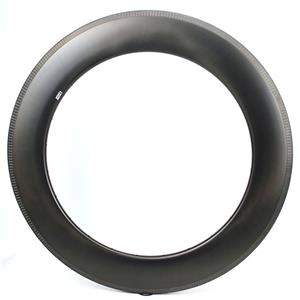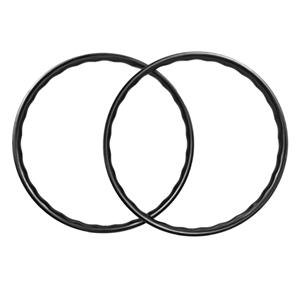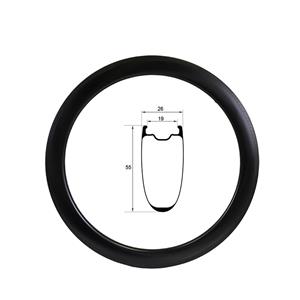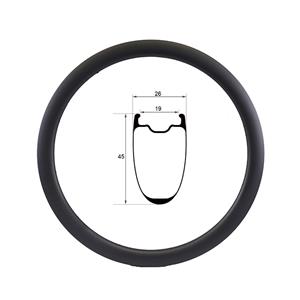Wide Rims Are Becoming the New Standard in Cycling
Rim Width : Wider is Better
Cycling technology is constantly evolving, and one of the most significant and noticeable changes in recent years has been the widespread adoption of wider rims across road, gravel, and triathlon disciplines. What was once a niche preference for a select few has now become the new standard for riders seeking improved performance, comfort, and control.This change in width is especially significant in the road world, given the limited tire clearance of traditional rim brake bikes. The introduction of disc brake and tubeless technologies has greatly boosted both riders’ and manufacturers’ confidence in wider profiles.
Rim width refers to the internal measurement between the sidewalls of the rim where the tire bead sits. Historically, road rims were quite narrow, commonly in the 15-17mm internal width range, designed to accommodate thin tires of 23-25mm width.
With advances in tire technology, cycling research, and changing rider preferences, rims have gotten wider, now commonly measuring between 19mm and 25mm internally. This allows for the use of wider tires, from 28mm all the way to 50mm or more in gravel and adventure riding.
Why the move to wider rims?
The key lies in the tire’s shape and how it performs once mounted. On narrow rims, wider tires tend to balloon out into a rounded, unstable profile, which can affect handling, aerodynamics, and rolling resistance. Wider rims support the tire bead better, resulting in a more stable, efficient tire shape that interacts better with the road or trail surface.
What are the benefits of wider tires?
Cyclists upgrading to wider rims paired with appropriate tires experience immediate and tangible benefits:
Enhanced Stability and Handling: Wider rims create a more stable tire profile, improving cornering confidence and control, particularly in rough or variable terrain.
Lower Rolling Resistance: Optimally paired wider tires and rims reduce energy loss, allowing riders to maintain higher speeds with less effort.
Greater Comfort and Reduced Fatigue: Better shock absorption from lower tire pressures reduces muscle fatigue and increases endurance on long rides.
Improved Puncture Resistance: Tubeless setups on wide rims allow riders to run lower pressures safely, decreasing the risk of pinch flats and improving overall tire durability.
Aerodynamic Efficiency Maintained: Despite wider profiles, smooth airflow around the rim-tire junction can actually improve aerodynamic performance.
Conclusion
We offer a wide array of road rims with internal width ranges from 19mm right up to 25mm (for tires from 23c to 50c). If you’d like us to make something wider for you, or if you need any suggestions on rim width for your bike, please contact us (tripssporting@foxmail.com) or leave a comment below.




